6. Enoki mushroom
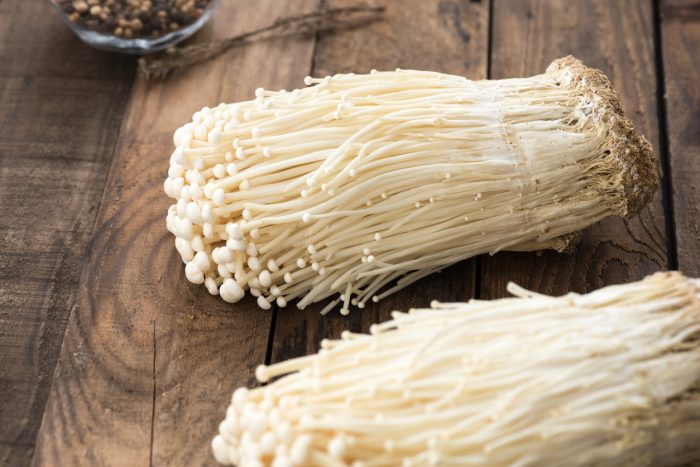
Also known as: Enokitake, enokidake, futu mushroom, winter mushrooms, winter fungus, golden needle mushroom, or lily mushroom.
Enoki mushrooms are available fresh or canned. Experts recommend consuming fresh enoki specimens with firm, white, shiny caps, rather than those with slimy or brownish stalks that are best avoided. They’re good raw and they’re common in Asian cooking. Because they’re crisp, they hold up well in soups and go well in salads, but you can also use them in other dishes.
7. Chanterelle mushroom
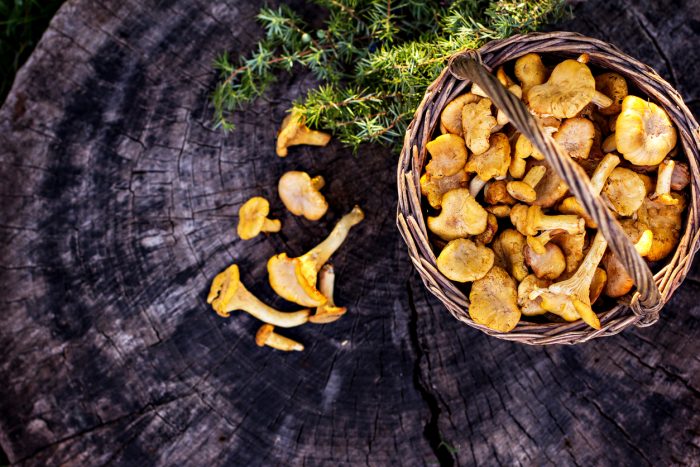
Also known as: Golden, yellow, chanterelle, egg mushroom, girolle, pfifferling
Chanterelles are among the most popular species of wild mushrooms. They are orange, yellow or white, meaty and trumpet-shaped. Because they’re difficult to cultivate, chanterelles are usually foraged in the wild. They’re common in many European cuisines, including French and Austrian, and are also native to the United States.
Some species have a fruity odor, others a more woody, earthy fragrance, and still others can even be considered spicy. They are delicate in flavor and texture, work well fried or sautéed in butter, oil or cream. You can use them as a starter topping, on bruschetta or you can combine them with eggs. They also go well in soufflés, cream sauces, soups, or pasta.
There also are black trumpet mushrooms, also known as black chanterelle, horn of plenty, or trumpet of the dead. Black trumpets have a rich, smoky flavor and notes of a black truffle mushroom when dried.
8. Porcini mushroom
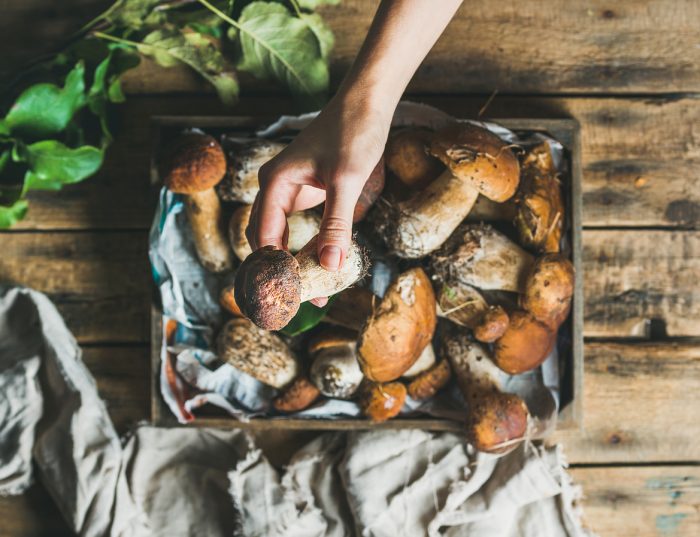
Also known as: Porcino mushroom, Cèpe, bolete, king bolete, borowik, Polish mushroom, Steinpilz, stensopp, or penny bun.
A meaty mushroom similar to the portobello, the porcini are mushroom types often used in Italian cuisine. Its flavor has been described as nutty and slightly meaty, with a smooth, creamy texture, and a distinctive aroma reminiscent of sourdough. Fresh porcinis aren’t as easy to find in the United States, but dried ones are easily reconstituted by soaking in hot water for at least 15 minutes before cooking with them. They’re good sautéed with butter, ground into pasta, in soups, risottos, and in many other dishes. They are also one of the few mushroom species pickled and sold commercially.
9. Shimeji Mushroom
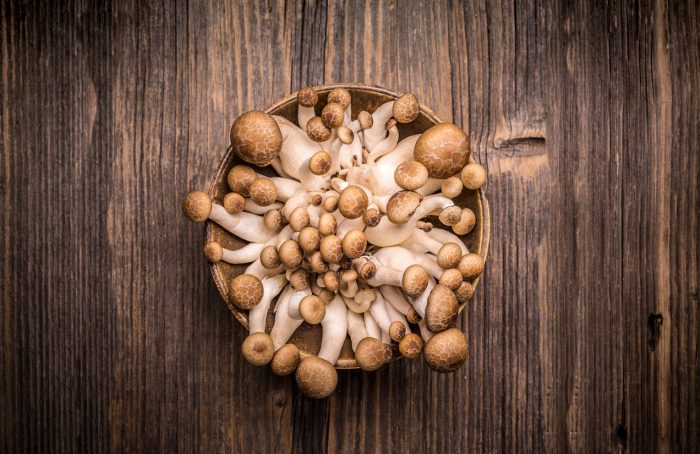
Also known as: Several species are sold as shimeji mushrooms, including buna-shimeji, and bunapi-shimeji.
Shimeji should always be cooked: it is not a good mushroom to serve raw due to a somewhat bitter taste. Its bitterness disappears completely when cooked, and the mushrooms turn slightly nutty in flavor. This is one of those mushroom types that works well in stir-fried dishes, in soups, stews, and sauces.
10. Morel Mushroom
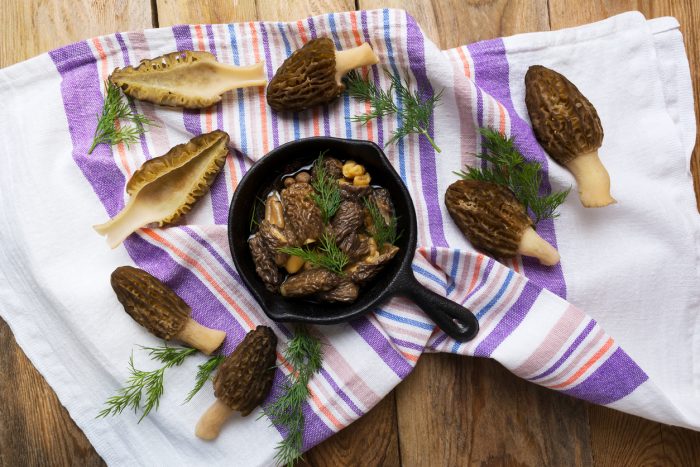
Also known as: morchella.
Out of all the mushroom types, these distinctive fungi have a honeycomb appearance on their cap. Morels are prized by gourmet cooks, particularly in French cuisine, because they are super savory and delicious. Due to difficulties in cultivation, commercial harvesting of wild morels has become a multimillion-dollar industry in the temperate Northern Hemisphere, in particular in North America, Turkey, China, the Himalayas, India, and Pakistan, where these highly prized fungi are found in abundance.
One of the best and simplest ways to enjoy morels is by gently sautéeing them in butter, then season them with salt and pepper. They are a little chewy and taste great. Serve them with meat and poultry, or add them to soups, or in pasta fillings.
Check on our mushroom recipes to get inspired!

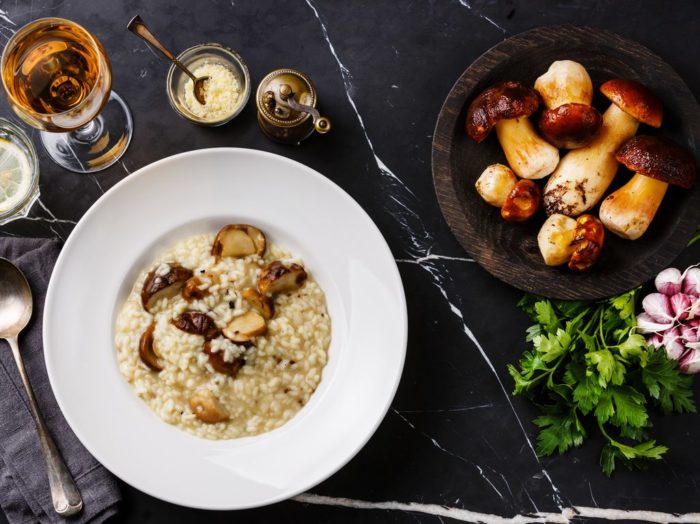

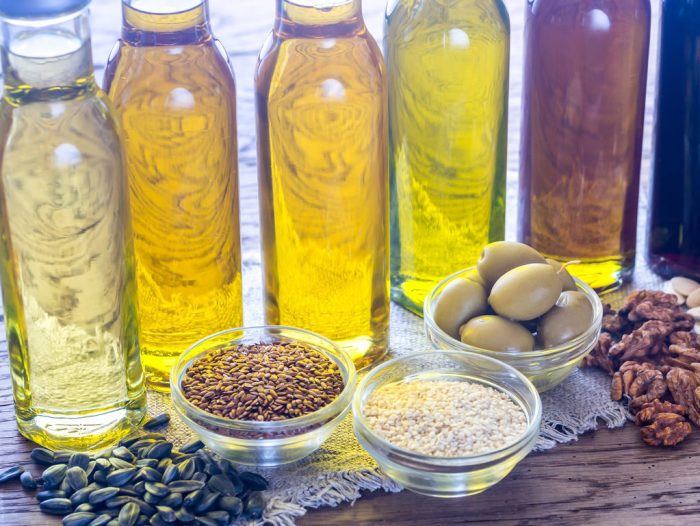


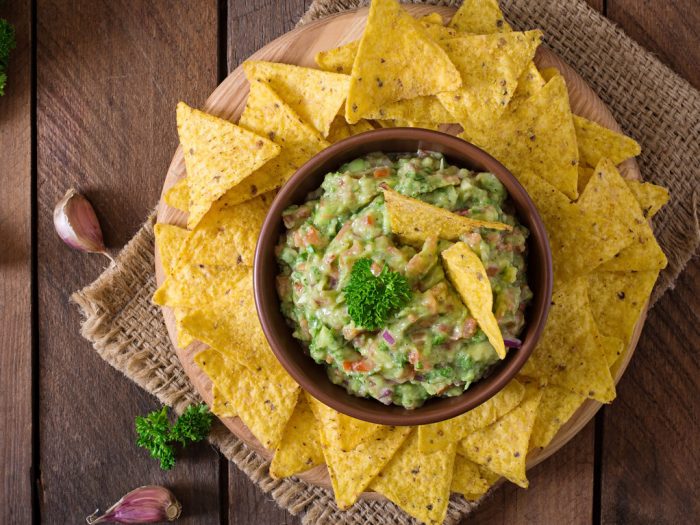
I love mushrooms
You forgot the psychedelic mushrooms
😎
Thanks lot to the information about the mushroom production and i would love to request you to send the steps for mushroom production and the agronomic practices
Hi, Franco! You may want to try these links:
https://www.mushroomcouncil.com/growing-mushrooms/six-steps-to-mushroom-farming/
https://www.beginningfarmers.org/mushroom-production/
And here are some YT search results:
https://www.youtube.com/results?search_query=mushroom+production
Good luck!
thank you now I know lots about mushrooms now.
🎈🙂
You haven’t begun to learn about mushrooms. There’ s a lot to them
We have to agree on this one, Karl! 🍄
Mushroom are a type of what?
Hi, Harini! They are a type of fungi.
I love mushrooms. they taste yummy. Thank you for the imformation.
Thank you, Caitlyn! We love them, too! 🎈🙂
hi
Go to https://web.facebook.com/buymushroomsonline if you need some Quality Mushroom species.
Hi Scott how are you?
did you find the information about the mushrooms to your liking?
nice article
Dear All,
I want to preserve button mushrooms in brine solution. i am facing a problem that while i preserved the mushrooms in solution (Brine + Citric acid), the color of solution in jars turns to brown on next day. could any body guide me about this?
Hi, Muhammad! Do you simmer them first? The simmering water will absorb color from the mushrooms. 🙂